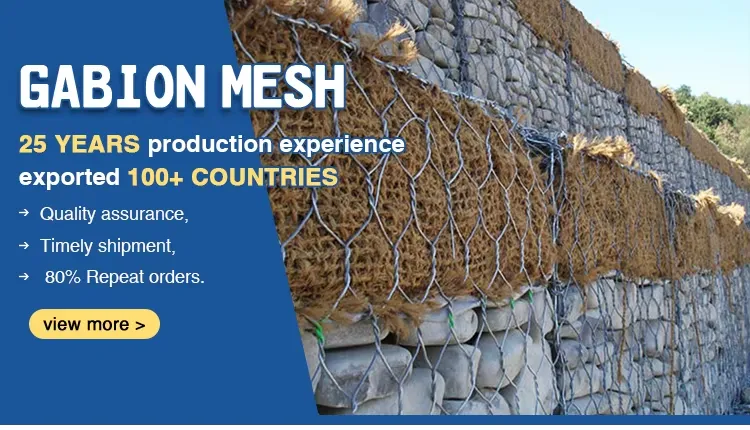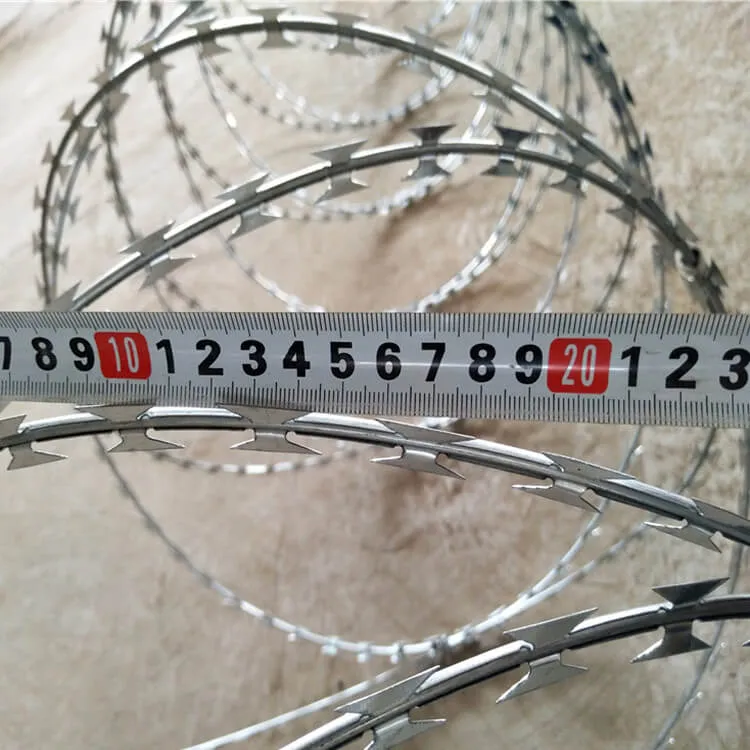ਫਰ. . 07, 2025 03:07 Back to list
different types of drywall corner bead


Additionally, flexible corner beads address challenges with rounded or uneven surfaces. Crafted from flexible materials, they easily conform to curves and arches, adding a smooth finish to unconventional designs. The adaptability offered by flexible beads supports creativity in architectural projects, enabling unique designs without sacrificing structural reliability. In considering which corner bead is most suitable for a specific project, several factors should be weighed. The environment, such as humidity and temperature fluctuations, can dictate the necessity for moisture-resistant or flexible materials. The anticipated wear and tear also play a directive role, steering choices towards more robust metal or innovative hybrid options when resilience is prioritized. Cost, too, is a decisive aspect for many, balancing initial outlay against potential durability and maintenance implications. To further enhance the efficacy and appeal of corner beads, quality installation is imperative. Meticulous attention to detail during installation not only extends the lifespan of the corner bead but also contributes to the overall aesthetic of the construction project. Utilizing appropriate tools and techniques ensures a seamless integration with the surrounding materials, reinforcing both the durability and beauty of walls and corners. In conclusion, the selection of corner beads is more than a technical decision; it encompasses considerations of environment, durability, aesthetics, and even environmental impact. Whether opting for traditional metal, versatile plastic, innovative paper-faced, or eco-friendly composite beads, understanding the distinct benefits and applications of each type enables more informed decision-making. This depth of understanding not only enhances the outcome of a construction project but also elevates its quality, sustainability, and long-term value. Through educated choices and expert installation, corner beads can significantly contribute to the success and satisfaction of building endeavors.
Latest News
-
450mm Coil Diameter Galvanized Concertina Razor Wire - High Security
NewsAug.02,2025
-
Brick Mesh Wall Solutions | Enhanced by GPT-4 Turbo Design
NewsAug.01,2025
-
Premium Anti-Climb Fence Spikes for Sale
NewsAug.01,2025
-
Premium Peach Post Fence | Durable & Stylish Security
NewsJul.31,2025
-
Best Galvanized Grating Price - Durable Galvanized Steel Grating Solutions
NewsJul.30,2025
-
0.5-4.0mm Wire 2×2 4×4 8×8 Hot Dipped Galvanized Welded Mesh Roll
NewsJul.30,2025
Our company owns has excellent CAD steel grating drawing designers, who can provide customers with perfect steel grating layout design and better meet customers' special requirements for products. We have been adhering to it the business tenet of "quality first, customer first", with high-quality products, reasonable prices, and the fastest delivery time, we wholeheartedly provide customers with a full range of services! Welcome new and old customers to cooperate sincerely and create brilliance together!
Contact Us
WELCOME TO OUR COMPANY!
Thank you for your interest in our services! If you have any questions or wousld like to book a service, please don’t hesitate to contact us. Our team is dedicated to providing you with the highest level of service and support, and we are committed to working with you to make your event a success.

Service Email

Service Phone
Product Center
Contact Us
- Phone: +86 +86 15733154345
- E-mail: sales@chengsenchina.com
- Address: B1213 GLOBAL CENTER, NO.226 ZHONGHUA NORTH STREET, SHIJIAHUANG, CHINA


























